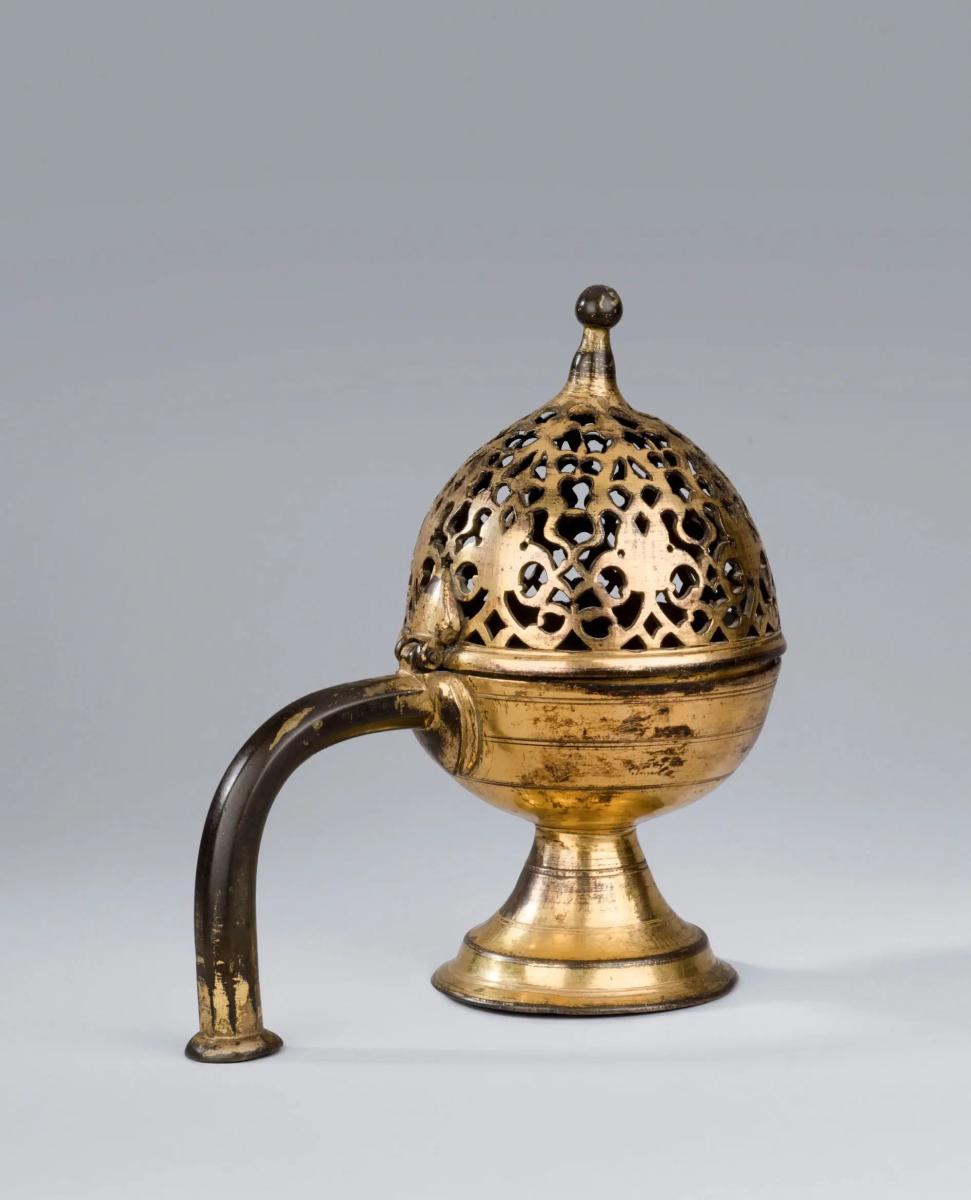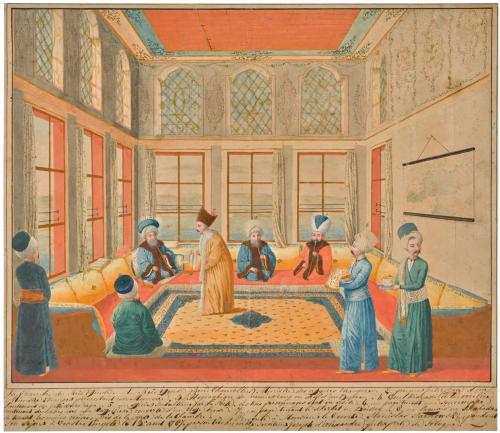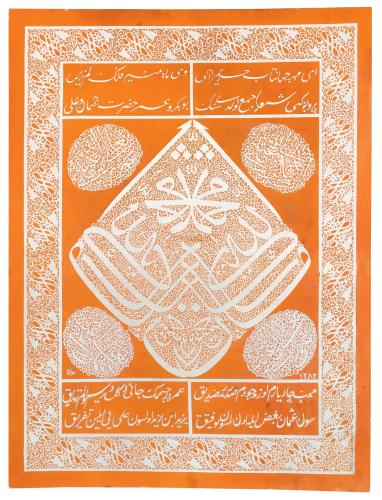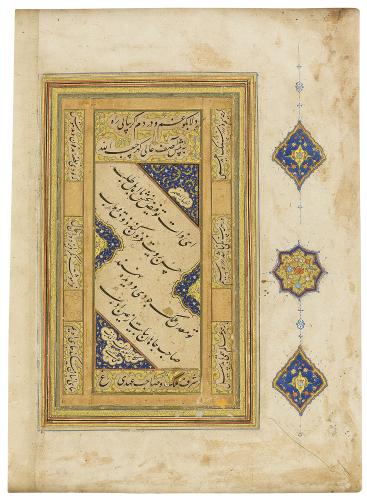

Price on application
This object is eligible for a Certificate of BADA Provenance
The BADA Standard
- Since 1918, BADA has been the leading association for the antiques and fine art trade
- Members are elected for their knowledge, integrity and quality of stock
- Our clients are protected by BADA’s code of conduct
- Our dealers’ membership is reviewed and renewed annually
- Bada.org is a non-profit site: clients deal directly with members and they pay no hidden fees
Early Ottoman Gilt-Copper Tombak (Incense-Burner).
Ottoman Empire, Circa 1600.
Height: 21 cm.
Gilt-copper, with hemispherical body and pedestal foot, curved handle and hinged, domed lid decorated with stylised palmettes and arabesques in open work technique, surmounted by a round finial. Incense-burners were used at ceremonial events and religious gatherings. Incense was believed to purify the air and have protective powers against the evil eye.
Tombak, the technique whereby a gilt and mercury amalgam is applied to copper, and burnt off, leaving gold fused to the substrate, was prized in Ottoman times. According to teachings [hadith] of Prophet Muhammad the use of gold in daily objects represented extravagance and wastefulness. For this reason tombak was regarded as a legitimate alternative to gold.
One of the key aspects of Ottoman metalwork is its sculptural form. Prime examples are monumental, often plain tombak candlesticks, originally placed either side of the mihrab in imperial mosques of the 16th and 17th century, please see J. M. Roger’s Empire of the Sultans: Ottoman art from the collection of Nasser D. Khalili, 1995, no. 7, pp. 38-39.
The present incense-burner follows this sculptural aesthetic. The handle acts as a supporting foot, and facilitates the incense- burner to be carried around during ceremonies and the incense to be spread around the room.
The form of the incense-burner stretches back to late antiquity, early Islamic period. For an example of one of these in the David Collection, Copenhagen, and a discussion of the origin of the form, please see Joachim Meyer’s Sensual Delights:
Incense Burners and Rosewater Sprinklers from the World of Islam, The David Collection, Copenhagen, 2015, fig. 6, and pp. 28-29.
Only a handful of this type of incense-burner are known. Foremost is an example from the collection of the late Dr Zia Sofu (1918-1994), a descendent of Ali Pasha of Ioannina (d.1822), renowned collector and connoisseur of Ottoman silver and tombak, published in Tulips, Arabesques and Turbans – Decorative
Arts from the Ottoman Empire, London, (ed. Yanni Petsopoulos),1982, pl. 50, sold at Sotheby’s Arts of the Islamic World, 13 April 2000, lot 98, for £135,500 (Fig. 1), and a second example also sold at Sotheby’s Arts of the Islamic World, 8 October 2008, lot 265, for £51,650 (Fig. 2).
Another tombak incense-burner in the Topkapi Palace Museum (inv. no. 16/1564), has a poem about incense engraved on the lid which reads “misk u anber dimağa gider” implying the beneficial effect of musk and ambergris on the mind, please see The Anatolian Civilisations: Seljuk/Ottoman, exhibition catalogue Topkapi Palace Museum, Istanbul, 1983, p. 258,
E. 261 (Fig. 3).
A silver incense burner of almost identical form, dated in the Museum of Turkish and Islamic Arts (inv. no. 16) in Istanbul which bears the name “Sultan Mehmed Khan” (Mehmed III) in thuluth script indicating that it was owned by the sultan, confirmed by the fact that it was found in Mehmed III’s mausoleum please see The Anatolian Civilisations: Seljuk/Ottoman, exhibition catalogue Topkapi Palace Museum, Istanbul, 1983, p. 258, E. 260.
Furthermore a tombak ewer and basin in the Topkapi Palace Museum in Istanbul, with openwork arabesque medallions on the sides, virtually identical to the present piece, is inscribed with the name of the Valide Sultan, the mother of Sultan Mehmed IV (r. 1648-1687), please see Tulay Gungen et al, Tombak, Golden Grace, Yapi Kredi Publications, Istanbul, 2018, p. 67.
The BADA Standard
- Since 1918, BADA has been the leading association for the antiques and fine art trade
- Members are elected for their knowledge, integrity and quality of stock
- Our clients are protected by BADA’s code of conduct
- Our dealers’ membership is reviewed and renewed annually
- Bada.org is a non-profit site: clients deal directly with members and they pay no hidden fees




